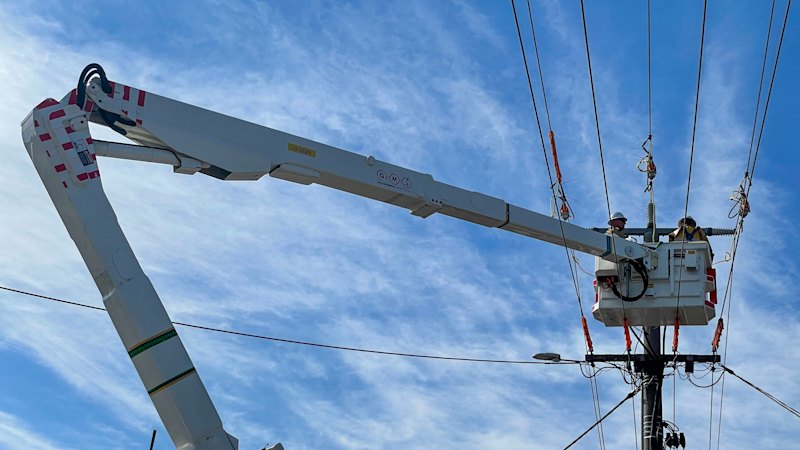
A century-old barrier preventing electricians from working seamlessly across Australian state borders may soon be dismantled. On Friday, state and federal treasurers will convene to discuss an overhaul of the fragmented occupational licensing system for electricians, a move expected to reduce costs for consumers and increase workforce mobility.
Leading the meeting is Treasurer Jim Chalmers, who has emphasized the focus on federation reform, national competition policy, and the government’s $900 million National Productivity Fund. This fund incentivizes states and territories to adopt policy reforms aimed at boosting national productivity, which has stagnated over the past decade.
Historical Context and Economic Implications
The push for a unified licensing system is not new. As early as 1921, the Electrical Trades Union (ETU) advocated for a national licensing system for electricians. The current fragmented system has long been seen as a hindrance to economic efficiency and workforce mobility.
A recent Productivity Commission report highlighted the potential economic benefits of recognizing all electricians’ licenses nationwide, estimating annual gains between $51 million and $62 million. When considering all “high-risk” occupations requiring a license, the annual benefit could approach $1 billion.
“A high-quality national licence would enable electricians to seamlessly cross state borders to carry out necessary work.” – Michael Wright, ETU National Secretary
Industry Support and Potential Challenges
In anticipation of the meeting, key industry bodies such as the ETU, the National Electrical and Communications Association, and Master Electricians Australia have urged state and territory treasurers to implement a single, national electricians’ license. ETU National Secretary Michael Wright emphasized the substantial productivity gains that could be unlocked if tradespeople could work across the country with a single license.
Despite broad political support, there are concerns that state bureaucracies might delay the implementation. Wright warned of the risk of the initiative being “slow-walked to death,” urging decision-makers to prioritize the reform.
“This is a common-sense change that will boost productivity, safeguard quality, protect safety, and start unlocking a projected $10 billion in gains for the nation. It’s about a century overdue.” – Michael Wright
Broader Implications for Other Sectors
The proposed electricians’ license is expected to serve as a template for other sectors, starting with the nation’s patchwork of licenses for engineers. Demand for both electricians and engineers is surging, driven by significant investments in data centers and technology infrastructure.
According to the Australian Bureau of Statistics, business capital expenditure on information media and technology equipment soared by 91.5% in the three months to September, reaching a record $2.8 billion. This surge is largely attributed to the expansion of data centers, which have seen capital spending increase by 147% over the past year.
Business capital expenditure on information media and technology equipment jumped by 91.5% to a record $2.8 billion.
This substantial increase in spending has propelled overall capital expenditure to nearly $49 billion, marking the strongest quarterly result in a decade. The growth is expected to positively impact the September quarter GDP, set to be released next week.
As the nation anticipates the outcome of Friday’s meeting, the potential for a unified licensing system represents a significant step towards enhancing national productivity and economic integration. The decision could pave the way for broader reforms across other high-demand sectors, signaling a shift towards a more streamlined and efficient regulatory environment.







